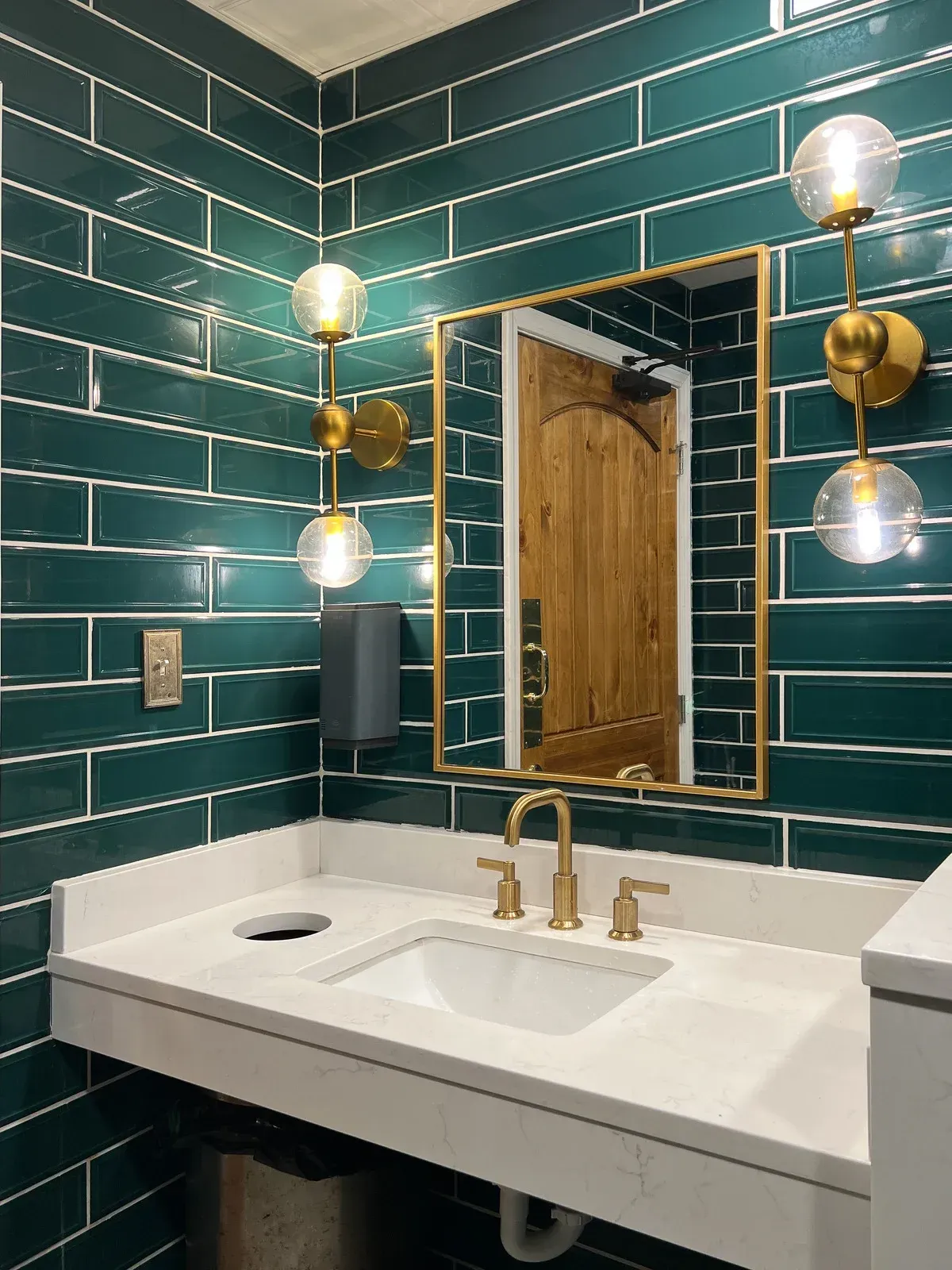What Is a Change Order — and Why Does It Happen?
If you’ve never done a remodel before, the term change order might sound intimidating. Or maybe you’ve heard horror stories about contractors using surprise change orders to jack up the price mid-project.
At The Building Company, we believe in explaining exactly how change orders work — and when they’re reasonable. Here’s what homeowners across Spokane, Coeur d’Alene, and North Idaho should know before signing on the dotted line.
🧾 What’s a Change Order, Exactly?
A change order is an official change to the original construction contract.
It’s a written document that adjusts:
- The scope of work
- The cost of the project
- The timeline (if needed)
In other words: if something about your remodel changes after the contract is signed, that change has to be captured in writing — no surprises, no “Oh by the way” on your final bill.
🔍 Why Do Change Orders Happen?
Some contractors will hand you a “hard bid” upfront just to win the job. But here’s what happens:
- If their price is too low, they make it up with surprise change orders.
- If it’s way too high, you’re overpaying for “just in case” padding.
- If something changes (and it always does), you’ll renegotiate midstream.
The right approach is to design, price, and plan together, so the scope and cost align before construction starts.
✅ What You Can Expect
Most change orders fall into three buckets:
1️⃣ Homeowner Changes
You might decide midstream you want a different tile, upgraded fixtures, an extra outlet, or to move a wall an extra two feet. No problem — but those changes affect materials, labor, or permits. A change order makes sure it’s documented and approved before we move forward.
2️⃣ Hidden Conditions
Remodels, especially in older homes, sometimes reveal surprises behind walls or under floors — like water damage, old plumbing, or missing structural supports. Fixing these correctly usually means adjusting the scope.
3️⃣ Design or Permit Adjustments
Sometimes the city or county requires a tweak to meet code, or your designer catches something that needs revision once walls are open. It’s rare, but it happens — and it’s better to handle it the right way than cut corners.
✅ How a Good Contractor Handles Change Orders
Here’s how we handle it at The Building Company:
- We identify and document the issue clearly (with photos if needed)
- We price the change transparently — no guesswork
- We get your written approval before we do the work
- We adjust the schedule if necessary, so you know exactly what to expect
No surprise charges. No back-of-the-napkin math. And no work starts until you sign off.
🧠 Can You Avoid Change Orders?
Not entirely — but you can reduce the chances of big ones by:
- Finalizing your design and selections before construction starts
- Doing a thorough walkthrough of the project plan
- Building a 10–15% contingency buffer into your budget
- Working with a contractor who values clear communication
Bottom Line
Change orders don’t have to be scary. They’re just the reality of remodeling something old into something better. The key is transparency, trust, and a process that protects you.
Planning a Remodel? Let’s Do It Right.
We’re here to walk you through every stage — from first design meeting to final punch list — with no surprises you didn’t approve.
📱 Call or text: 509-890-0222
📧 Email: info@pnwbuild.com
________________________________________
The Building Company
is a proud member of the National Association of Home Builders (NAHB) and the National Association of the Remodeling Industry (NARI). We stand behind every change order — and every promise — we make.



